

SB509 – All Invoicing Options in Subscription Billing: Sales Orders, Free Text, Consolidation & Arrears Explained
Table of Contents
Toggle🌐 Introduction
Welcome to SB509 in our Subscription Billing blog series! After covering Pricing Methods and Discounts in SB508, it’s time to tackle one of the most critical topics in subscription billing: Invoicing.
In D365 Finance, Subscription Billing offers highly flexible invoicing through multiple options, formats, and frequency models. But flexibility can also mean complexity—so in this post, we’ll demystify every available invoicing option using our CRM SaaS use case and real product items like:
- SBX-CRM-M01 – Monthly CRM Subscription
- SBX-RNW-ANN1 – Annual CRM Renewal
- SBX-CONS-API01 – Usage-based API Billing
🧾 Invoicing Options in D365 Subscription Billing
Every billing schedule can trigger invoices using one of two methods:
Note – You must select required ‘Invoice Transaction nature code’ before adding and processing schedule lines.
Sales order – invoices are based on items (from the released products list), which go through item dimensions, pricing, posting profiles, etc.
Free text invoices are used for non-stock/service billing where no item number is required or allowed — you just bill based on a description, revenue account, and amount.

| Invoice Type | Description | Use Cases | When to Use |
| Sales Order | Standard sales order processed through Accounts Receivable | Inventory-based subscriptions, service bundles, deferred revenue recognition | Use when billing involves items, revenue allocation, deferrals, or sales tax |
| Free Text Invoice | AR invoice without inventory or sales order impact | One-time services, setup fees, implementation charges, flat-rate consulting | Use when no item tracking is needed and billing is account-based, not item-based |
🔄 Invoice Timing: Advance vs Arrears
| Option | Description | Example |
| In Advance | Invoice at the start of the billing period | Invoice on 1st April for April |
| In Arrears | Invoice after the billing period ends | Invoice on 1st May for April usage |
In Advance
II
In Arrears

📋 Consolidation Options
You can group or split invoices based on:
| Option | Use Case | When to Use | Output |
| By Customer | One invoice per customer | When the customer has multiple contracts or products to bill together | Single invoice showing all eligible lines |
| By Schedule | One invoice per billing schedule/contract | When each subscription needs its own invoice for tracking or compliance | One invoice per billing schedule |
| By Item/Line | Split by product or charge type | When items must be invoiced separately (e.g., hardware vs. service) | Separate invoice lines per item or category |
| Per Period | Consolidate by billing period | When billing is done monthly, quarterly, annually and grouped accordingly | One invoice per customer per billing period |
Consolidation tab

Periodic Tasks > Generate Invoice > Advance Query

🔄 Usage Billing: Invoice Only When Used
For SBX-CONS-API01 (API consumption):
- If no usage is entered, no invoice is created

- If usage is entered mid-month, you can invoice at end-of-period
- Option to exclude zero-value lines is available during batch run
🎛 Additional Invoice Controls
| Feature | Function | Screen / Path to Configure |
| Exclude 0 consumption lines | Hides billing lines with no usage or zero-value totals | ✅ Generate invoice or Generate invoice batch processing screen → Toggle Exclude zero consumption = Yes |
| Top Billing | Caps invoice at a set amount or prioritizes items | ✅ Billing schedule line > Advanced pricing → Use Max billing amount |
| Invoice Preview | Simulates invoice output before generating or posting | ✅ Generate invoice screen → Click Preview invoice before posting |
| Separate invoice per item | Splits billing by product or service | ✅ Generate invoice screen → Toggle Split by item group = Yes |
| Invoice batch job filter | Selectively invoices based on custom logic (e.g. usage only, renewals) | ✅ Generate invoice batch processing → Use Records to include (advanced filter/query) |
🧠 CRM SaaS Scenario – Invoice Variations
| Line Item | Item No | Invoicing Type | Timing | Consolidation |
| CRM Subscription | SBX-CRM-M01 | Sales Order | Monthly | Grouped (1 invoice) |
| Annual Renewal | SBX-RNW-ANN1 | Sales Order | Annual | Separate |
| API Usage | SBX-CONS-API01 | Sales Order | Arrears | Per period |
| Onboarding Fee | SBX-IMP-ONE | Free Text | One-time | Individual |
📍 Where to Set Invoice Options in D365
| Area | Path |
| Default invoice type | Recurring contract billing parameters |
| Line-level override | Billing schedule line > Invoice type |
| Consolidation/Filters | Periodic task > Generate invoice > Filter by item/date/schedule |
| Free text invoice config | Accounts receivable > Setup > Free text invoice templates |
✅ Best Practices
| Tip | Why It Matters |
| Use Sales Orders when inventory, projects, or standard posting rules are needed | Ensures full financial integration |
| Use Free Text Invoices for one-time fees or consulting | Lightweight and easier to customize |
| Always preview invoices using “View Billing Detail” | Avoids surprises or missed charges |
| Batch invoice monthly using filters and consolidation | Reduces manual workload and increases AR control |
| Align CPI escalation with annual invoices | Ensures price updates apply at correct times |
🧭 Summary
D365 Subscription Billing offers robust control over how and when invoices are created. By combining invoice types, batch processing, and conditional logic like usage and top billing, you can tailor invoicing workflows for any subscription model.
| Feature | Scenario Example |
| Sales order | Monthly CRM license (SBX-CRM-M01) |
| Free text invoice | One-time onboarding fee (SBX-IMP-ONE) |
| Usage billing | API usage by consumption (SBX-CONS-API01) |
| Annual advance bill | CRM Renewal upfront billing (SBX-RNW-ANN1) |
| Invoice grouping | CRM + Support on one invoice |
| Separate invoicing | Break out API charges or renewals |
🔜 Coming Up Next: SB510 – Recurring Contract Billing Setup: Parameters & Templates
In SB510, we’ll walk through every key setup node in Recurring Contract Billing, as shown in the navigation pane:
- Billing parameters
- CPI index setup
- Termination reason codes
- Milestone & support templates
- Revenue split templates
This is the foundation behind how billing behaves—let’s make sure yours is configured for real-world results.
Expand Your Knowledge: See More Subscription Billing Blogs
I am Yogeshkumar Patel, a Microsoft Certified Solution Architect and ERP Systems Manager with expertise in Dynamics 365 Finance & Supply Chain, Power Platform, AI, and Azure solutions. With over six years of experience, I have successfully led enterprise-level ERP implementations, AI-driven automation projects, and cloud migrations to optimise business operations. Holding a Master’s degree from the University of Bedfordshire, I specialise in integrating AI with business processes, streamlining supply chains, and enhancing decision-making with Power BI and automation workflows. Passionate about knowledge sharing and innovation, I created AI-Powered365 to provide practical insights and solutions for businesses and professionals navigating digital transformation. 📩 Let’s Connect: LinkedIn | Email 🚀
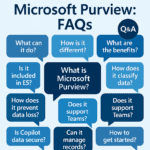

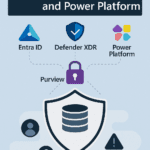




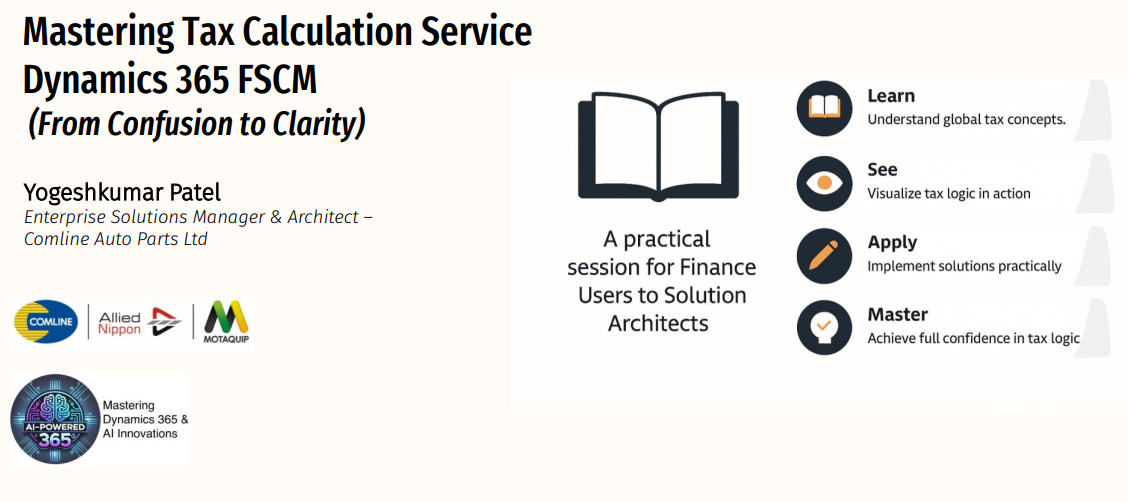
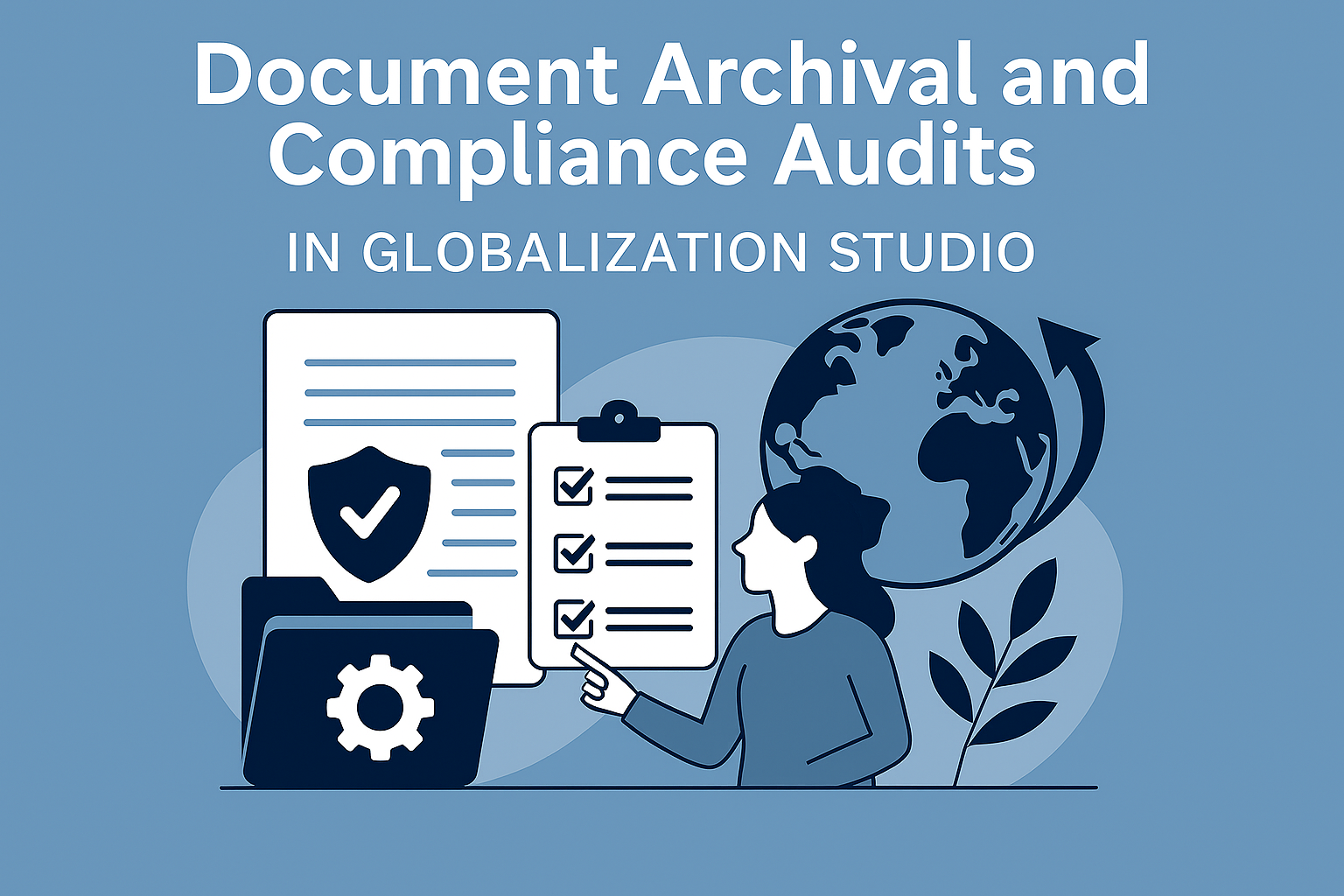




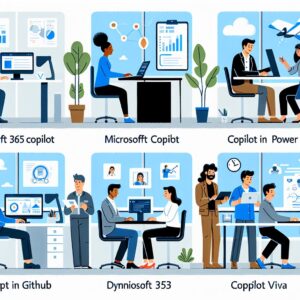






Post Comment